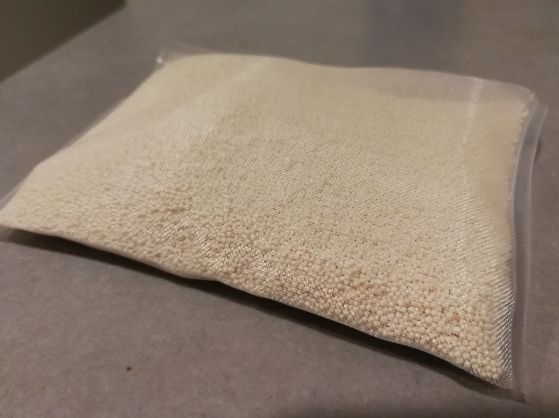
Seachem Purigen is an interesting well hyped extremely expensive ($45-$60 for one liter) product that is supposedly unlike any other filtration product. It is supposedly “not a mixture of ion exchangers or adsorbents, but rather a unique macro-porous synthetic polymer”.
It appear to be just Purelite a502ps ion exchange resin. This resin readily scavenges certain dissolved organic compounds and effectively removes them from the water.
Testing of Purigen revealed it did remove colors like tannic acid from the water. Testing also showed Purigen did not remove nitrogenous compounds like nitrate nor did it clarify the water.
The following is a critique of the “pseudoscientific bedazzlement” that Seachem uses to sell this product. It all “snake oil” marketing. Read on only if you are a real nerd like the author.
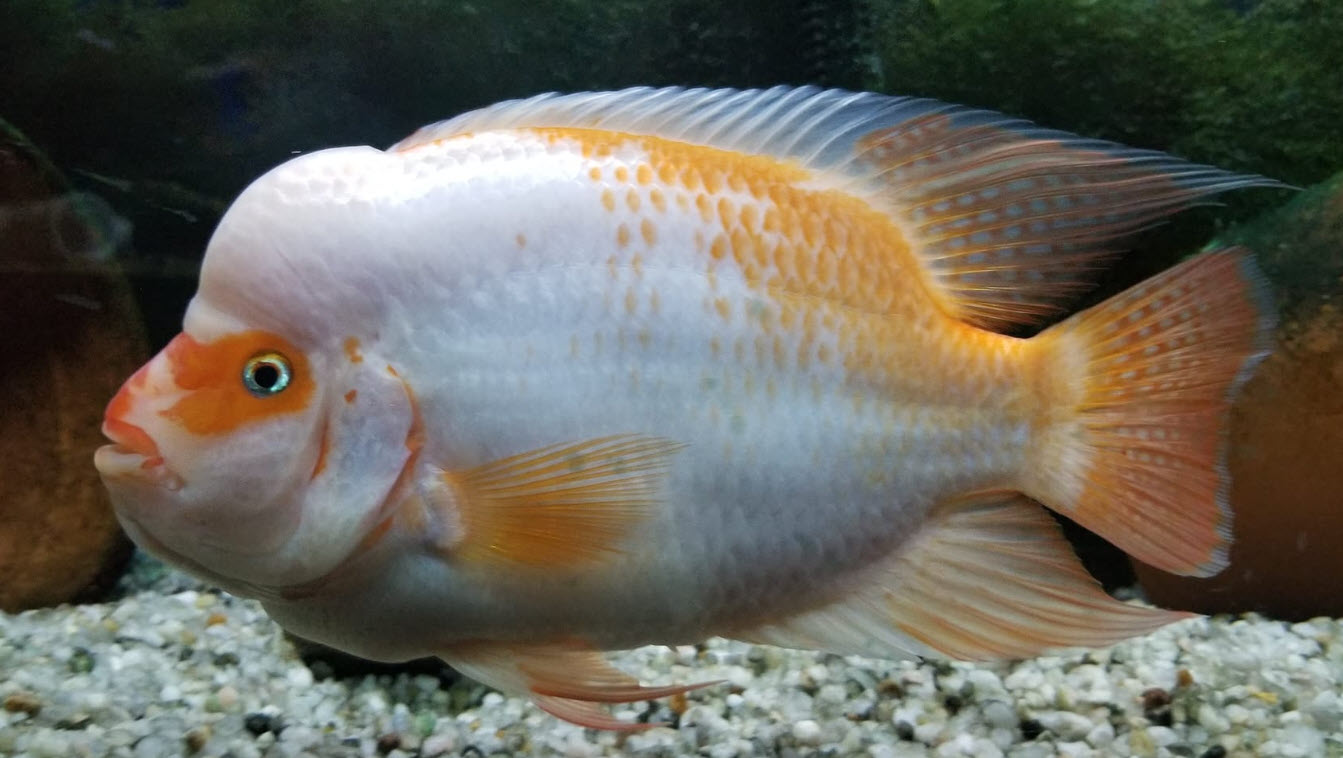
Dyes and Tannic Acid
It is claimed by Seachem that Purigen absorbs dyes and tannic acid. This claim turns out to be true.
Test
Seven colored organic compounds including tannic acid were dissolved in water and put in three 2 ounce bottles. One bottle had Purigen in it, one bottle had activated carbon in it and one bottle had nothing in it (the “control”). These twenty one bottles were then left to sit for a week. At the end of the week the color was looked at in all three containers and compared.
Results:
Liquid Chlorophyll
- Control bottle solid green
- Purigen bottle light green
- Activated carbon bottle light green
Red Food Coloring
- Control bottle solid red
- Purigen bottle no color
- Activated carbon bottle no color
Methylene Blue
- Control bottle solid blue
- Purigen bottle no color
- Activated carbon bottle no color
Acriflavine
- Control bottle solid yellow
- Purigen bottle no color
- Activated carbon bottle no color
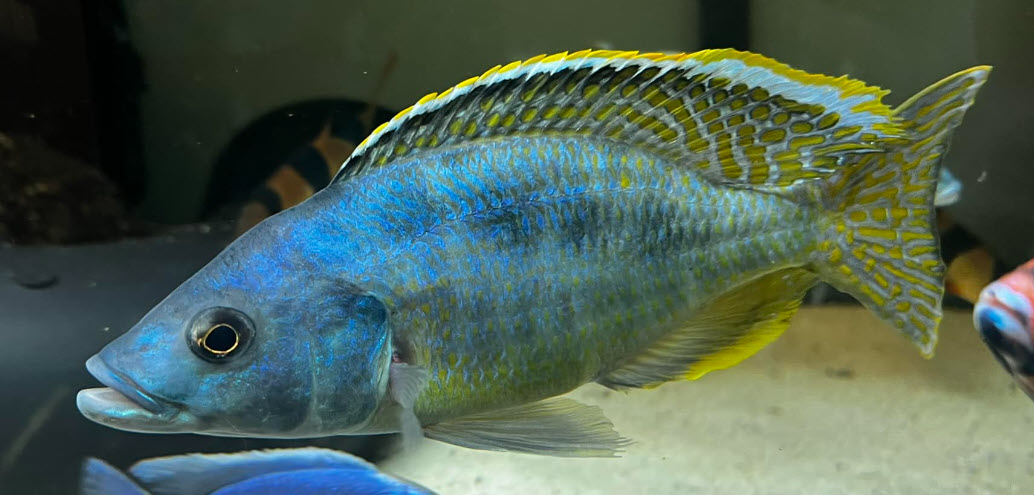
Safranin
- Control bottle solid red
- Purigen bottle no color
- Activated carbon bottle no color
Malachite green
- Control bottle solid green
- Purigen bottle no color
- Activated carbon bottle no color
Acid Nitrogen Black Dye
- Control bottle solid black
- Purigen bottle grey
- Activated carbon bottle grey
Tannic Acid
- Control bottle tea color
- Purigen bottle light yellow
- Activated carbon bottle light yellow
This test says Purigen acts exactly the same as activated carbon. It absorbs colored compounds into its structure just like activated carbon. But note it is about ten times as expensive as activated carbon. Albeit it can be regenerated while activated carbon cannot be regenerated.

Tannic Acid Absorption
There is a Seachem YouTube video that “tests” the ability of Purigen to absorb the dark tannic acid produced by mopani wood in an aquarium. (https://www.youtube.com/channel/UCaBTSyc6b1uSzQJ03dHEGeA/featured) In a 20 gallon tank a Seachem technician soaks a piece of mopani wood till the water is a dark tea color. They then add a hang on back filter loaded with a bag of Purigen. In nine hours the water is crystal clear.
So we duplicated the Seachem test. We darkened a 20 gallon aquarium by soaking a piece of mopani wood for several weeks. We then add a hang-on-back filter loaded with two bags of Purigen. We removed the mopani wood to prevent further leaching. We then simply turned on the filter. The tannic acid was removed in nine hours, duplicating the test by Seachem. So this claim is true.
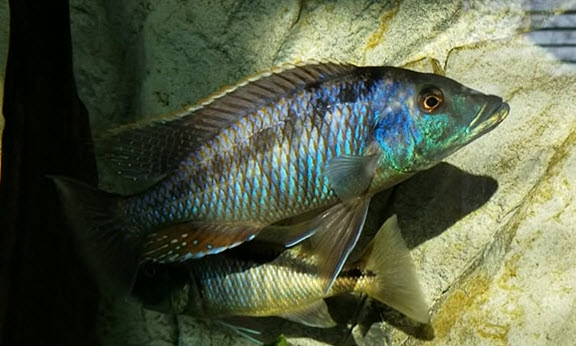
Removing “Nitrogenous Organic Waste”
Purigen supposedly:
“controls ammonia, nitrites and nitrates by removing nitrogenous organic waste that would otherwise release these harmful compounds”.
Purigen supposedly:
“is specifically designed to be an organic scavenging resin” and “generally ignores simple elemental compounds, having an extreme affinity for nitrogenous organics. The primary source of nitrogenous compounds in an aquarium is waste. Fish, corals, even plants produce nitrogenous waste. This product removes that waste faster and more completely than anything else on the market”.
I am at a complete loss as to explain what “nitrogenous organics” these creative marketing folks are talking about.
If they are talking about the soluble proteins and amino acids produced by uneaten food and by feces, there is no way to selectively remove these “waste” compounds and then prevent those compounds from breaking down into ammonia. It can’t be done. This statement by Seachem was simply invented by a creative fiction writer in Marketing.
In any case even if there was some magical “bank” where nitrogenous waste could somehow be hidden away and prevented from entering the nitrogen cycle, the quantity of food and feces we are talking about is huge compared to the typical quantity of Purigen. So Purigen might do this “banking” for a day or two and then it will be overwhelmed.
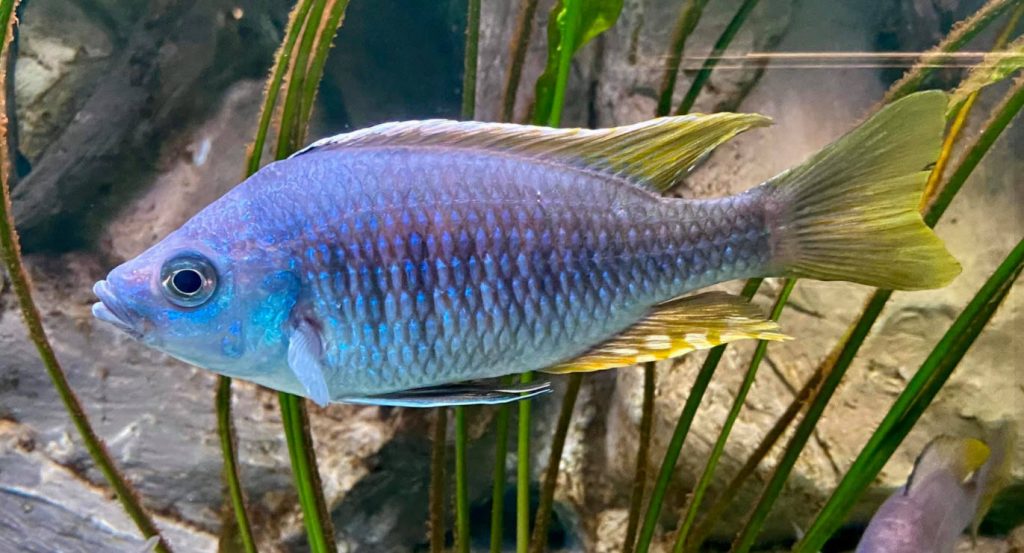
Test Abstract
A test was set up to see how much nitrogenous waste Purigen could remove from the water. Since nitrate is the end result of the nitrogen cycle the nitrate level of functioning aquariums with Purigen should be lower than functioning aquariums loaded the same but without Purigen. The testing showed no reduction in nitrates with Purigen. This proved Purigen did not remove nitrogenous compounds from the aquariums.
Test
Eight functioning sponge filters with a full load of beneficial bacteria was put in eight tanks with fully functioning “loaded” under-gravel filters with new water. Sufficient protein powder was added to the tank to produce a nitrogen level of 4 ppm in the form of ammonia from decomposing food (13% of the protein in food is nitrogen). 4 ppm of nitrogen was added in the form of food every day. New cartridge hang-on-back filters were put on all eight tanks. The cartridges were loaded as follows:
- Purigen, two tanks
- Chemi-pure blue, two tanks
- Activated carbon, two tanks
- No media (the controls) two tanks
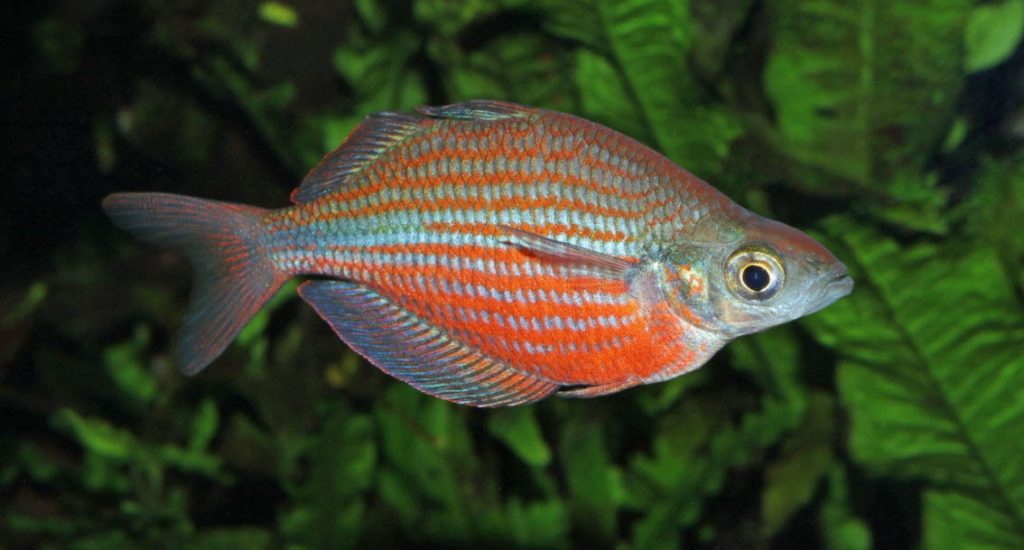
The nitrate levels were then measure after two weeks, four weeks, eight weeks and sixteen weeks. No water changes or fish were used. Nor were there any plants or lights.

One doesn’t need to do a lot of statistics to see that Purigen did not affect the nitrate levels. Note that dilution techniques were used to test the higher levels of nitrate.

Water Polishing
Supposedly this product “polishes water to unparalleled clarity”. Supposedly “no other products can compare to its ability to clear haziness and polish water to unparalleled clarity”.
Test Abstract
Clarity of the water was measured after four weeks of cycling four tanks with different media arrangements, including a canister with Purigen in it. The Purigen canister had no better clarity than one of the other canisters and much worse clarity than the two remaining canisters. This proved that Purigen does nothing for water clarity.

Test of Clarity Claim
Four forty gallon tanks were set up with Sunsun 303B canister filters on them. The media in the filters was set up four different ways:
- Two bags of Purigen (one full tray) with the rest of the canister filled with clean plastic pot scrubbers.
- Clean pot scrubbers as the only media
- A thick layer of Polyfil polyester fibers in the first tray and plastic pot scrubbers the rest of the canister fill.
- Used pot scrubbers with a heavy build-up of crude on them as the only media.
The tanks were then cycled with ten grams per day of commercial dry flakes fish food and no fish. An unbiased observer who didn’t know what was in the canisters was asked to read an homemade printed eye chart through the length of the water column on the 4 forty gallon tanks. There were ten lines on the eye chart going from large to small.
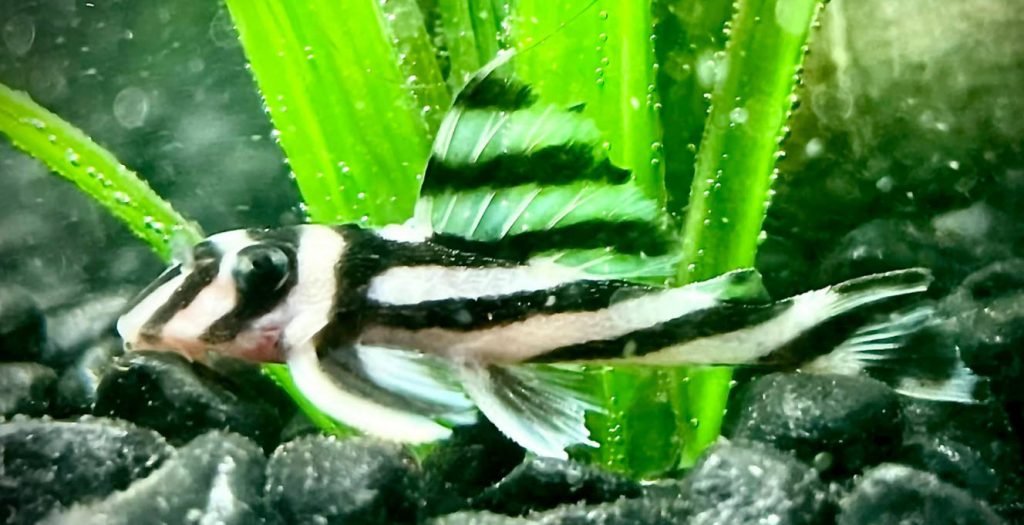
The observer was able to read lines down this far:
Week Zero:
With no food additions, tanks only, new clean water, the observer could read the eighth line down (the third smallest print) on all four tanks. This would correspond to crystal clear water.
Week one
- Purigen canister, down four lines
- Clean pot scrubbers, down three lines
- Polyfil and pot scrubbers, down five lines
- Used pot scrubbers, down four lines
Week two
- Purigen canister, down three lines
- Clean pot scrubbers, down three lines
- Polyfil and pot scrubbers, down five lines
- Used pot scrubbers, down seven lines
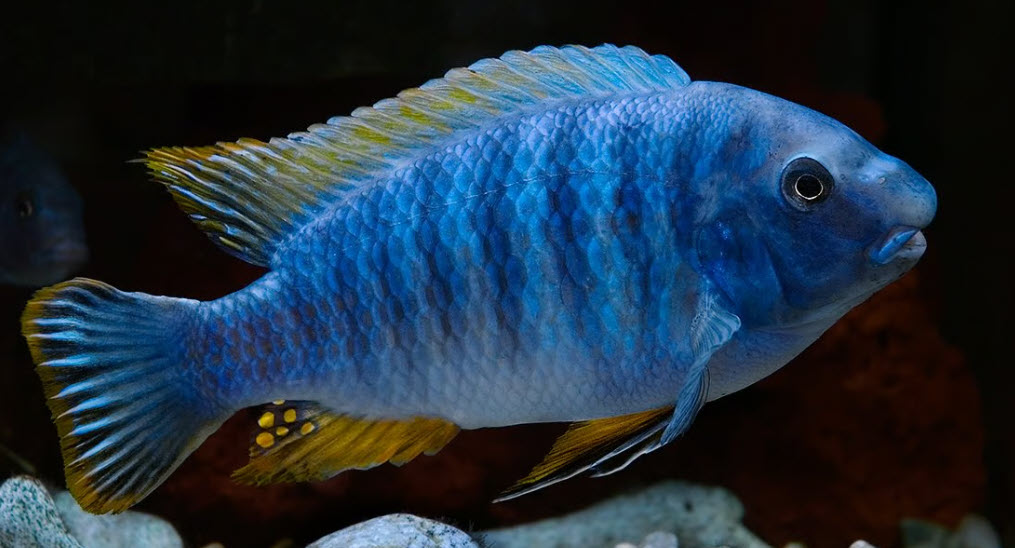
Week three
- Purigen canister, down three lines
- Clean pot scrubbers, down three lines
- Polyfil and pot scrubbers, down five lines
- Used pot scrubbers, down seven lines
Week four
- Purigen canister, down four lines
- Clean pot scrubbers, down four lines
- Polyfil and pot scrubbers, down six lines
- Used pot scrubbers, down eight lines
So the Purigen did nothing to give good water clarity. In table form this looks like this:

The only way to polish water is to remove the small things like diatoms, algae, rotifers and bacteria (“infusoria”) which are clouding the water. Since Purigen is not a filtration media (like say Polyfil) it simply can’t do that. This statement by Seachem was invented by a creative writer in Marketing. It is a typical “snake oil claim”.
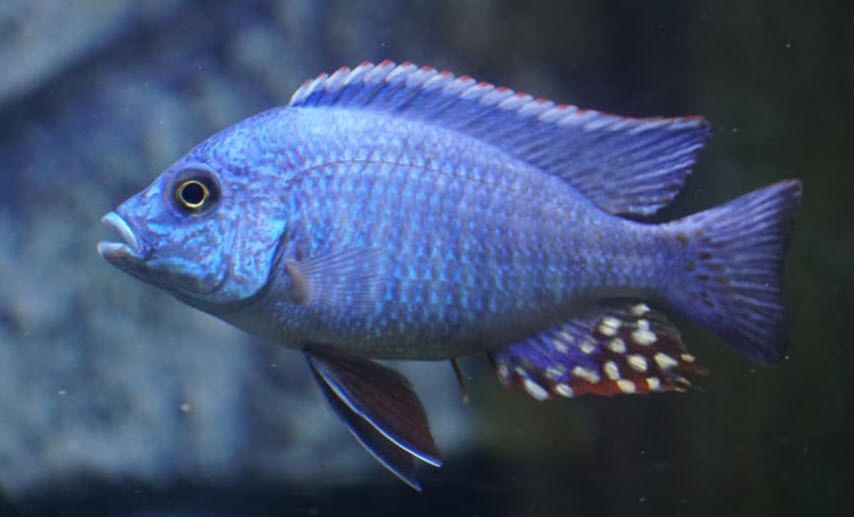
What Defenders Say
One staunch defender of Purigen said:
“Purigen pulls attracts and holds positive Ions from the water column, if you know anything about ions or cations positives are the detrimental ions and are responsible for every particle in your water as well as the air around us, from detritus to food to oils, they will be pulled out. This is why the water ends up becoming crystal clear quickly, even under a heavy bio load, excess organics will be discharged into negative ions, and as a result of this excess nutrient levels are heavily reduced.”
Ions are charged particles present in any water solution. Cations are those ions with a positive charge, as opposed to anions which have a negative charge. In any aquarium there are a lot of cations, namely sodium, calcium, potassium and magnesium. These cations are required for all higher life and are hardly “detrimental ions”.
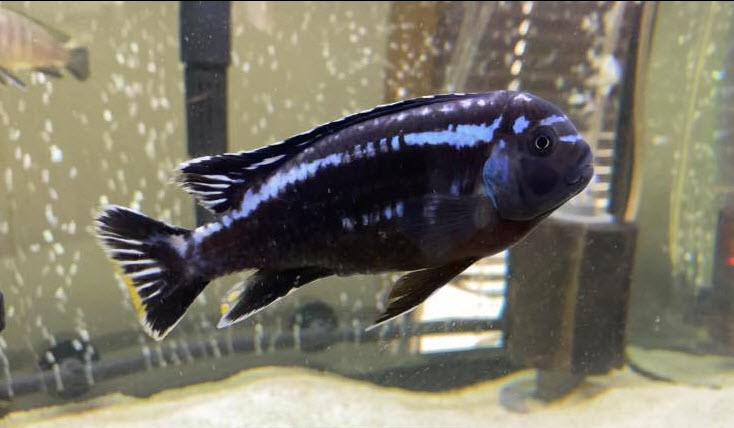
The one semi-accurate statement here is that “organics will be discharged into negative ions.” Any media, including Purigen, becomes coated with brown gunk which have beneficial bacteria in it. Beneficial bacteria decompose nitrogenous organics and convert them to nitrate, which is a negative ion. This is the well-known nitrogen cycle that is accomplished on the surface of all filter media. Purigen is a very very expensive media to be using for a biological media doing the good old nitrogen cycle.
And because Purigen is very fine there is little water flow through it when it is in the bags used for it. This low water flow means no turbulence to the water flow. All of which makes Purigen a very poor biological media.
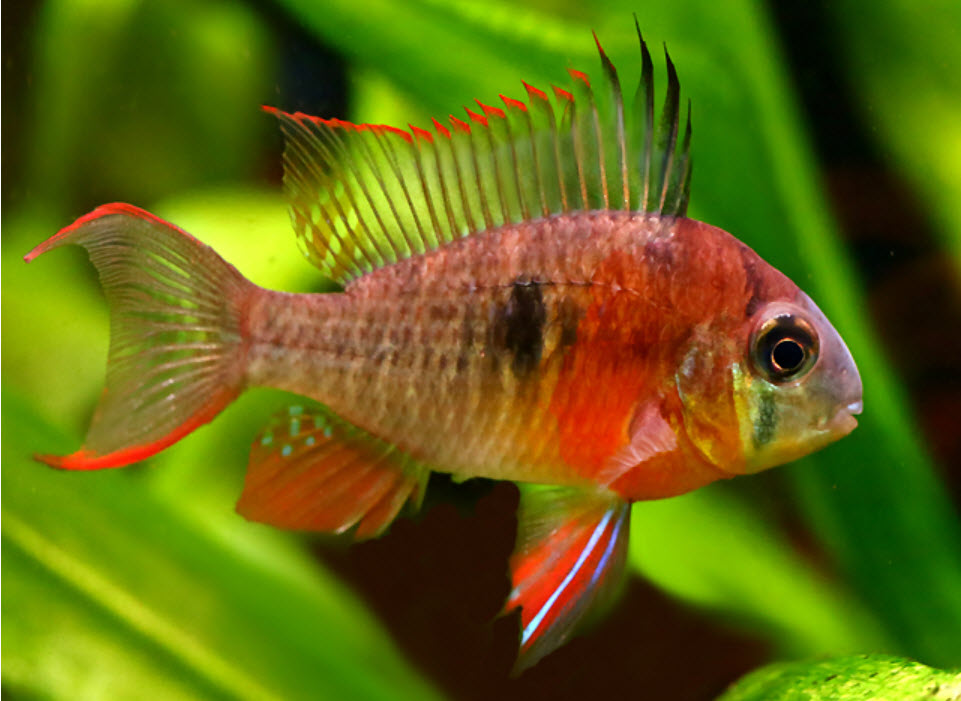
Biofilm on Purigen
The bacterial biofilm on Purigen is identical to any other media’s biofilm. It removes and converts proteins to ammonia, ammonia to nitrite, and nitrite to nitrate just like any other biofilter media.
All biofilms turn dark brown as they get older and thicker. And all brown biofilms can be “renewed” or “regenerated” by bleaching out the brown color with bleach. Note that bleach cannot really “renew” anything. It just kills all the beneficial bacteria and oxidizes everything to a white color.
There is another take on some of the comments by SeaChem about Purigen:
- SeaChem says: “Purigen controls ammonia and nitrites…. by removing nitrogenous organic waste that would otherwise release these harmful compounds.” Another way of saying this is that Purigen is a biomedia which gets coated with a brown biofilm which converts harmful nitrogenous ammonia to harmless material (nitrogen cycle anyone?).
- And SeaChem says “Purigen possesses enhanced capacity owing to its vast surface area”. Another way of saying this is that beneficial bacteria easily colonize the large rough surface area of Purigen’s hydrophilic porous acrylate plastic bead.
- SeaChem then says: “Purigen darkens progressively as it exhausts and is easily renewed by treating with bleach.” Another way of saying this is that beneficial bacteria become brown with time. And you can bleach the brown color (and kill the bacteria) with bleach (although why would you want to do that?).
- Note SeaChem specifically says Purigen is not a chemical filtration media. But Purigen does remove dyes and tannic acid, which means it IS a chemical filtration media.
You must admire the marketing department at SeaChem. Very talented ingenious writers who take real science which has been convoluted, “wordsmithed” and sprinkled liberally with some just out and out lies. It is pure pseudo-scientific bedazzlement.
Note this is perfectly legal, there are no laws preventing fictional claims for an aquarium filter media. The profit margin on Purigen is probably downright obscene as it probably costs some $3 per pound and is sold by Seachem at about $300 per pound. That is a 99% profit margin.
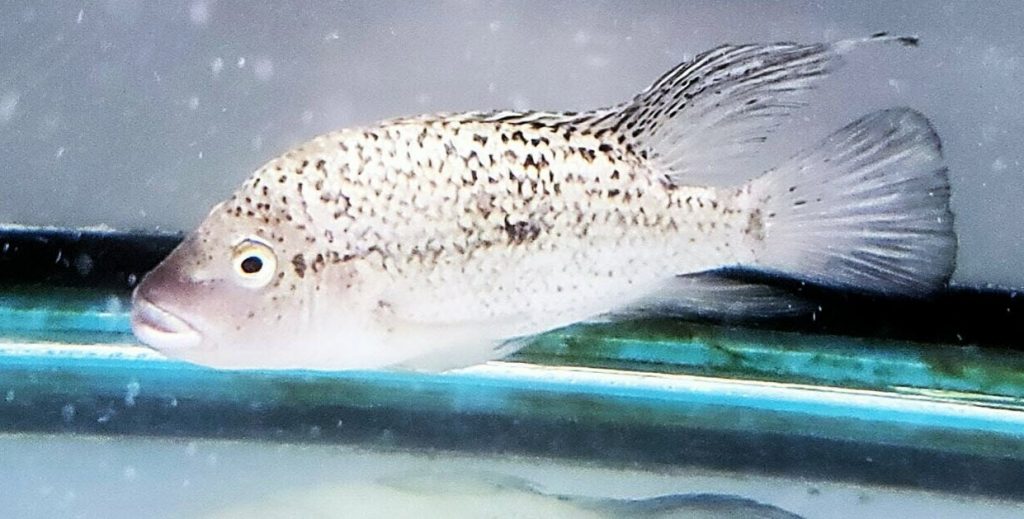
Belief Perseverance Effect
If you go on social media and try to convince people that Purigen won’t do what it says, be aware that in addition to possibly facing opposition from “fake accounts” (see 1.4.1. Facebook Fake Accounts), you may be completely incapable of making any headway for another reason: people who pay a lot of money for something are very rarely swayed by science to change their belief that this product is absolutely great. It will definitely apply in this case.
This is the common psychological phenomenon called “belief perseverance effect” and is something that can’t be fought. If one likes burning money, go ahead and buy this material ($45-$60 for one liter of this stuff!).
“Nothing dies harder than a lie that people want to believe” Calvin
.
Return to List of Chemical Filtration Media
Return to Filter Media Index Page
.
Aquarium Science Website
The chapters shown below or on the right side in maroon lead to close to 400 articles on all aspects of keeping a freshwater aquarium. These articles have NO links to profit making sites and are thus unbiased in their recommendations, unlike all the for-profit sites you will find with Google. Bookmark and browse!
.

Bertie says
Are you sure it’s not Purolite™ A860 in Purigen?
From Purolite’s website –
Principal Applications
Organic Scavenger
Organics Removal
TOC/Tannin removal
Advantages
Excellent removal of organic matter
Efficient regeneration
Good resistance to organic fouling
They have many different types of Purolite depending what your application is and not all do the same things.
Anonymous says
The paper doesn’t actually mention the word “purigen”… how can we be sure it really is A502PS?
I says
The only ingredient used in purigen is purelite a502ps
https://www.ncbi.nlm.nih.gov/pmc/articles/PMC9967736/
Dave says
In reply to Jerome … Not true. Per a research paper by Wu: “Metronidazole is relatively stable with little degradation in liquid phase.”
Jerome says
hello, your site is amazing! information about metronidazole being viable only 8 hours after being wet is true? Jack Wattley says this assertion. THANKS
this is written with google translate 🙂